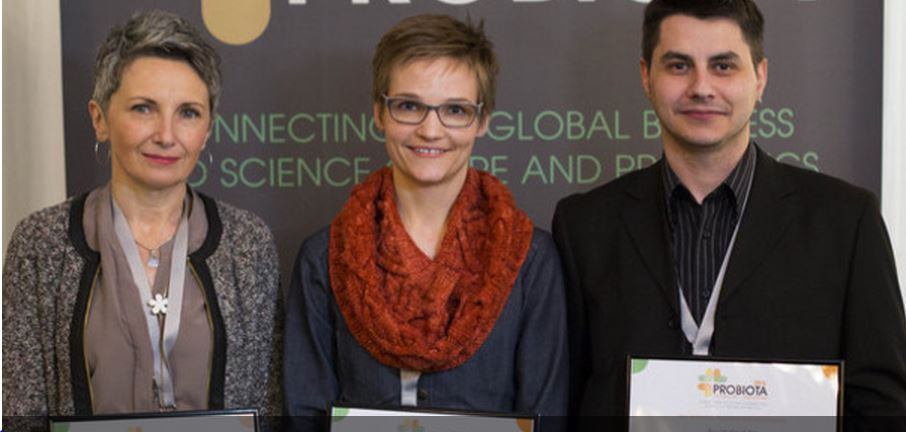The method proposes an alternative to commonly employed microbiology techniques via flow cytometry coupled with specific fluorescent antibodies.
The research was one of three winners for emerging science at the Probiota congress in Amsterdam last week. It was presented by Dr Pierre Burguiére, a researcher at Canadian supplier, Lallemand Health Solutions.
Dr Burguiére said under existing methods “not all microorganisms are taken into account – so-called ‘Viable But Not Culturable’ bacteria are omitted – and it usually takes several days to get an answer.”
“We have investigated different techniques to overcome these issues, and finally flow cytometry appeared to us as the best option for a strain specific quantification of viable bacteria within a couple of hours.”

“These findings provide promising options for the development of complementary methods for probiotics Quality Control and other industrial applications involving microorganisms and could set a new standard for the industry.”
DNA micro-array
Another Lallemand researcher at the conference, Chad MacPherson, PhD, showed how a DNA micro-array that was developing out of years of research, was helping understand differing mechanisms of action in different strains.
“Immune pathways are diverse and complex and we have spent several years fine-tuning a specific DNA microarray to this aim,” he said.
Three strains in-formula had exhibited “potent and different immune-modulation activities in vitro.”
“First of all, these strains can trigger the specific attenuation of gene expression in inflammatory pathways. Moreover, the complete formula showed a greater impact than the three independent strains, substantiating synergistic benefits.”
Recorded gene activity included “cell signaling, nervous/endocrine, digestive or metabolic disorder related pathways.”
In addition to the annual Probioa event in Amsterdam, Probiota Americas takes place in San Diego on June 3-5 this year. More information here.
